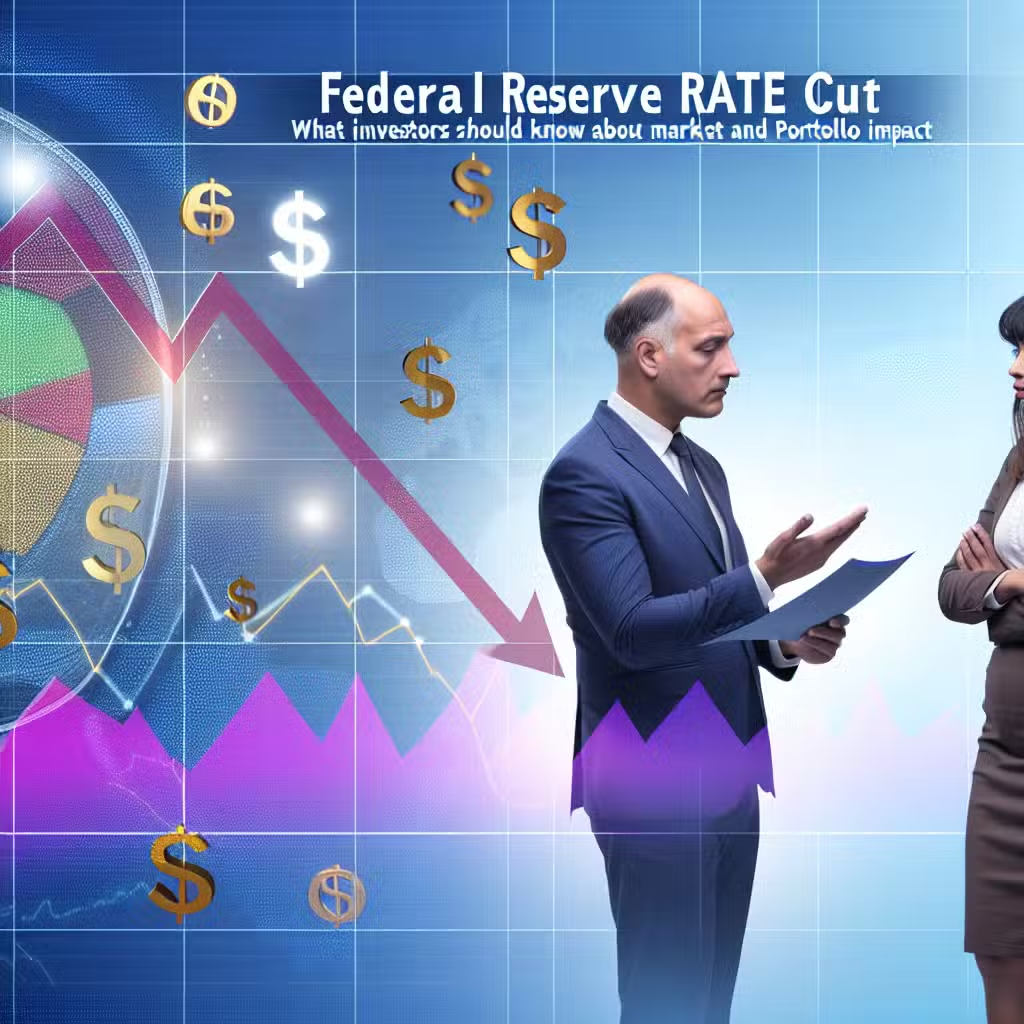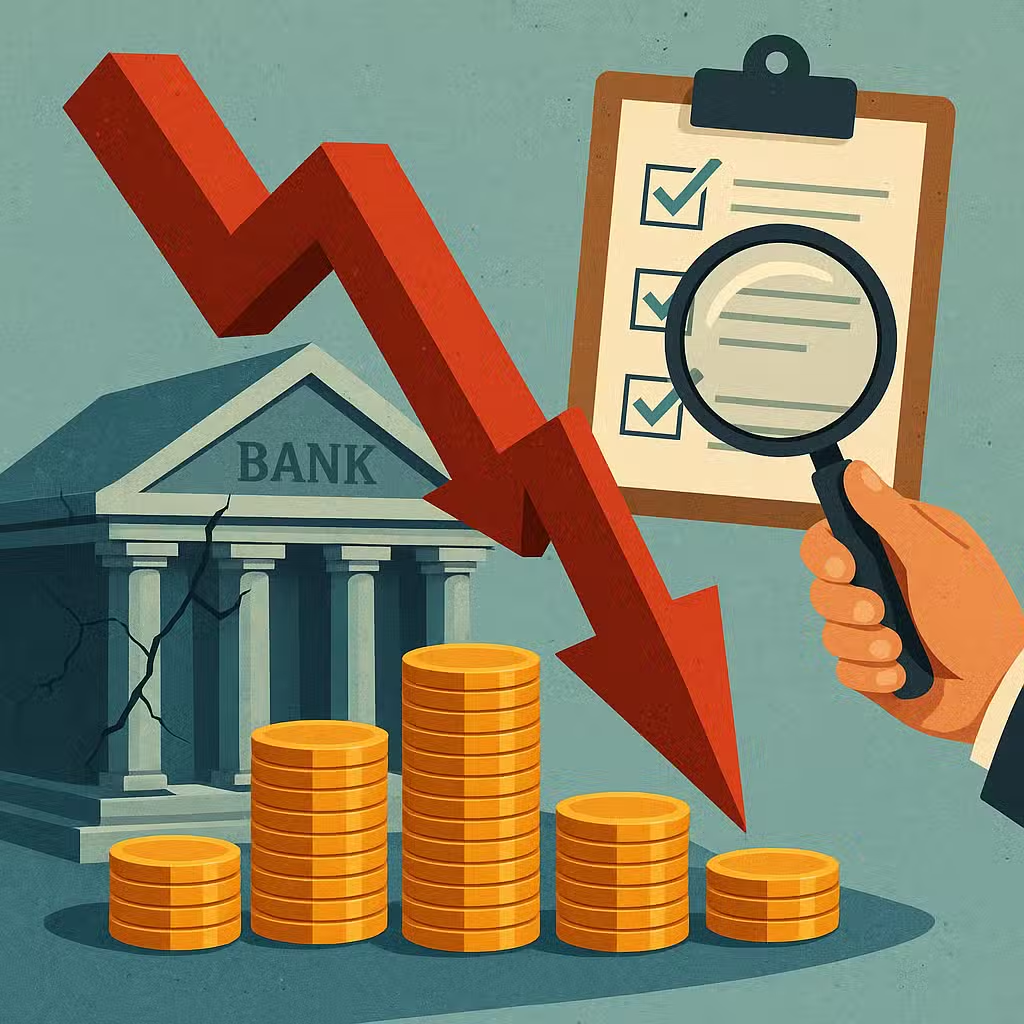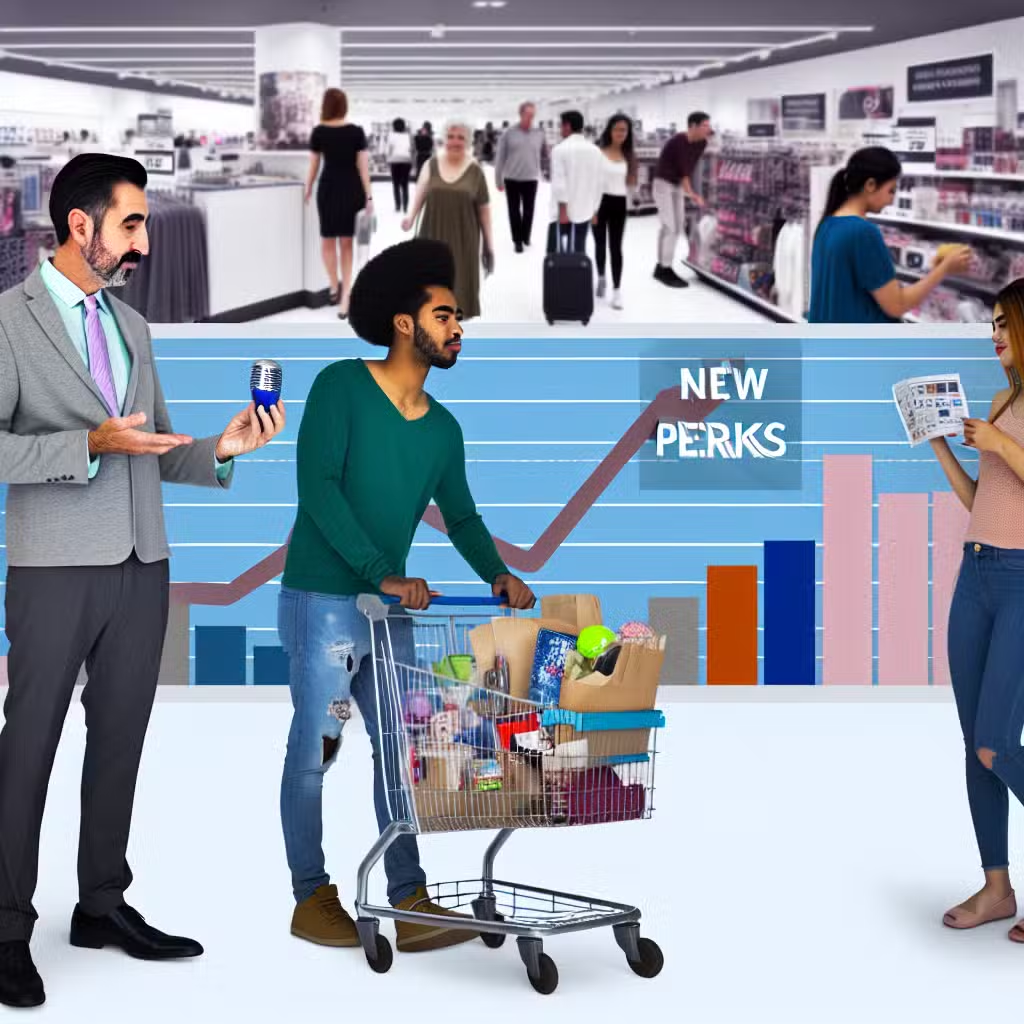Expanded Student Loan Forgiveness Could Ease Financial Pressure on Borrowers and Boost Consumer Spending
Imagine if you were told you could erase your library fines, but then the rules changed and you had to wait even longer. That’s what happened with student loans for millions of Americans, but now there’s a new deal that could finally help them out.
What’s Happening With Student Loan Forgiveness?
The U.S. government, under President Trump, has agreed to start canceling student debt again for certain borrowers. This comes after a long pause that left many people unsure if they’d ever get help. The deal was made between the Department of Education and the American Federation of Teachers, a big union that fought for this change.
This affects people on two popular plans: Income-Contingent Repayment (ICR) and Pay As You Earn (PAYE). If you’re in one of these plans, your loans can still be forgiven—as long as the programs stay around. But there’s a catch: these plans are set to end on July 1, 2028, unless something changes.
Why Should Investors Care?
Student debt isn’t just a family problem—it’s a big deal for the whole economy. When millions of people have more money in their pockets (instead of paying loans), they spend more on things like homes, cars, and even stocks. That can boost entire sectors, from retail to real estate.
On the flip side, if borrowers are stuck with debt, they spend less, which can slow down the economy. According to the Federal Reserve, about 43 million Americans hold federal student loans. That’s a lot of potential spending power!
Bull Case: The Upsides for Borrowers and Markets
- More Disposable Income: When people aren’t paying big loan bills, they can spend or invest more.
- Boosts Certain Sectors: Retailers, homebuilders, and banks could all benefit from people having more cash.
- Economic Growth: Studies show that debt relief can help people start businesses or buy homes, which grows the economy. For example, after a major debt cancellation in Finland, small business creation went up (NBER, 2019).
- Positive Sentiment: More certainty about loan forgiveness can help consumer confidence, which is good for the stock market.
Bear Case: The Downsides and Risks
- Policy Uncertainty: The rules could change again, especially with elections coming up. The forgiveness plans expire in 2028 unless extended.
- Costs to Taxpayers: Canceling debt isn’t free—the government (and by extension, taxpayers) foot the bill.
- Potential for Inflation: Some experts worry that more money in the economy could push up prices, though evidence is mixed.
- Market Overreactions: If investors expect a big economic boost and it doesn’t happen, stocks could swing wildly.
What Changed and Why?
The American Federation of Teachers sued the Trump administration for blocking student loan forgiveness that was supposed to be guaranteed. The government said it was following a court order about a different loan plan, but critics said they went too far. Now, thanks to the new agreement, the government will process forgiveness for people in ICR and PAYE again.
Also, if you get your debt forgiven in 2025, you won’t owe federal taxes on that canceled debt. But that tax break ends after this year unless Congress acts.
Looking at the Numbers
About 2.5 million people are using ICR or PAYE, according to higher education experts. That’s a big chunk of the 43 million with federal loans. If these borrowers get relief, it could shift how much money flows into different parts of the economy.
Investor Takeaway
- Watch for Policy Changes: Student loan rules can change fast—keep an eye on government updates that could impact consumer spending.
- Consider Sectors: Retail, real estate, and banking stocks could benefit if borrowers get more relief and start spending.
- Be Cautious With Volatility: Uncertainty around student loans can make markets jumpy, so don’t bet the farm on one outcome.
- Look for Long-Term Trends: How the government handles student debt could shape the economy for years, affecting everything from home sales to stock prices.
- Diversify: Don’t put all your eggs in one basket—spread investments across different sectors and assets to manage risk.
For the full original report, see CNBC







